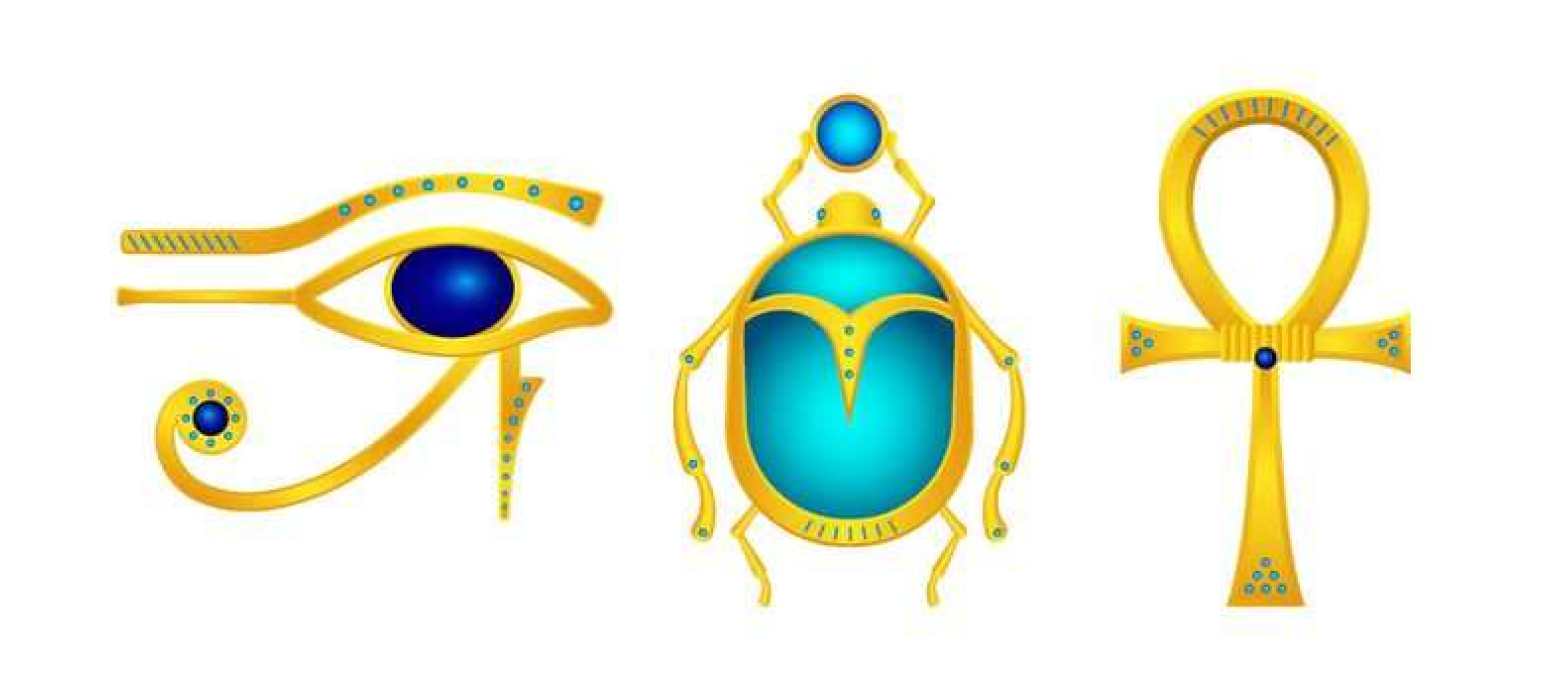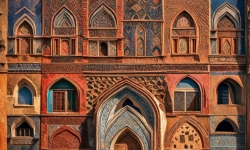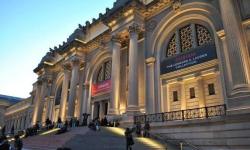Hello art travellers. Last week I was visiting Egypt with my erasmus mates, taking advantage of its geographical proximity to Izmir. It was very inspiring. This is the reason why I decided to start my blog with three entries about old Egyptian art. This first one will be about the symbols in Egyptian art.
Like in all old cultures in which the majority of people were illiterate, in the great Egyptian artistic art works, symbols were very important. They were a way to communicate ideas, concepts and stories to everyone, and also to transmit them from generation to generation. Some of the Egyptian symbols are so powerful that they evoque their meanings even today, and are present in our daily lives (fashion, design, advertising…) Let’s go over some of them and their meaning.
The ankh: A cross with a looped top. It is a symbol of life and immortality. Ist origin is related with the goddess Isis, and we can see it in all kinds of Egyptian artworks like tomb paintings, sarcophagi, palace adornments, statuary, and inscriptions. I saw it everywhere, for example in the Karnak Temple.
Eye of Horus: This symbol needs no description. It's literally an eye with the characteristic Egyptian eyeliner. It symbolizes protection, health and royal power. The use of an eye as a symbol of protection, reminds me of the Turkish Eye. We can see it in amulets and jewelry, and in canopic vases and funeral art. It is also very present in the Temple of Horus in Edfu, which unfortunately I couldn't visit.
Scarab: Again is literally a representation of a scarab. Symbol of rebirth, regeneration and the sun. It's also very present in funeral art as a representation of the transit from life to death, and then to eternal life. I could see many in the tombs of the Valley of the Kings.
That's all for today, see you soon!





